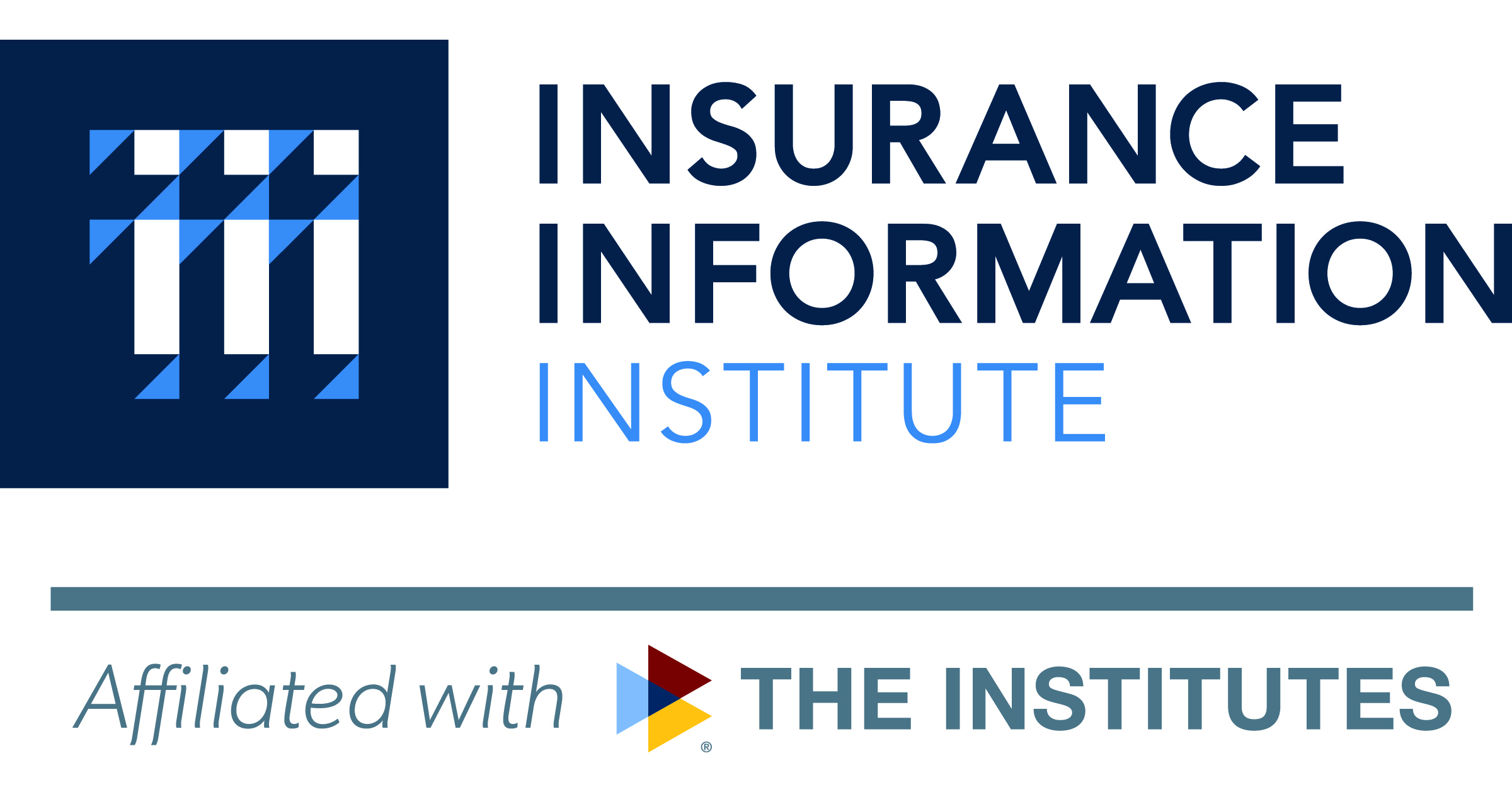Citing 2020 U.S. Census data, Triple-I reported double-digit percentage population growth occurred in four states with coastal exposure to hurricanes since 2010: Florida (+14.6 percent), South Carolina (+10.7 percent), Georgia (+10.6 percent), and Delaware (+10.2 percent).
“While wind speeds and storm surge in coastal areas grab headlines, inland flooding is on the rise,” Triple-I’s Issues Brief added. Hurricane Ida, for example, made landfall in Louisiana on Aug. 29, 2021, and days later brought deadly flooding to parts of Connecticut, Maryland, New Jersey, New York, and Pennsylvania far, from the coastline, a National Oceanic and Atmospheric Administration report found.
The 2022 Atlantic hurricane season began on June 1 and ends on Nov. 30. Colorado State University’s (CSU) Department of Atmospheric Science last week projected the formation of 17 more named storms this year, on top of the three which already developed: Alex, Bonnie, and Colin. In addition, CSU envisions 10 of the 17 storms will become hurricanes, and five of the 10 will be classified as major ones. A typical hurricane season includes 14 named storms, seven hurricanes, and three major hurricanes.
Triple-I’s Issues Brief offers three pieces of insurance advice to those in hurricane-prone states:
- Check your homeowners’ insurance policy to make sure the structure’s policy limit, listed under Coverage A, is high enough to rebuild the home in the event of a total loss;
- Review your policy for hurricane deductibles; and
- Consider purchasing a flood insurance policy, because flood-caused property damage is not covered under standard homeowners insurance policies
Standard homeowners insurance policies cover a house’s structure and contents for wind-caused property damage. Flood policies cover a house’s structure and contents damaged by flood. The latter are offered through FEMA’s National Flood Insurance Program (NFIP) and several private insurers.
Moreover, Triple-I’s Resilience Accelerator uses advanced data analytics to create tools that empower residents to build more resilient communities before hurricanes happen. It also demonstrates the power of insurance as a force for resilience by showing how insured communities recover faster and more completely after a natural disaster.
RELATED LINKS
Facts & Statistics
Hurricanes
Consumer Information
Catastrophes: Insurance Issues
Videos
Triple-I Non-Resident Scholar Dr. Phil Klotzbach Discusses CSU’s Hurricane Season Forecast (July 7 report)
Hurricane Insurance Guide
The Triple-I has a full library of educational videos on its YouTube Channel.
SOURCE Insurance Information Institute

